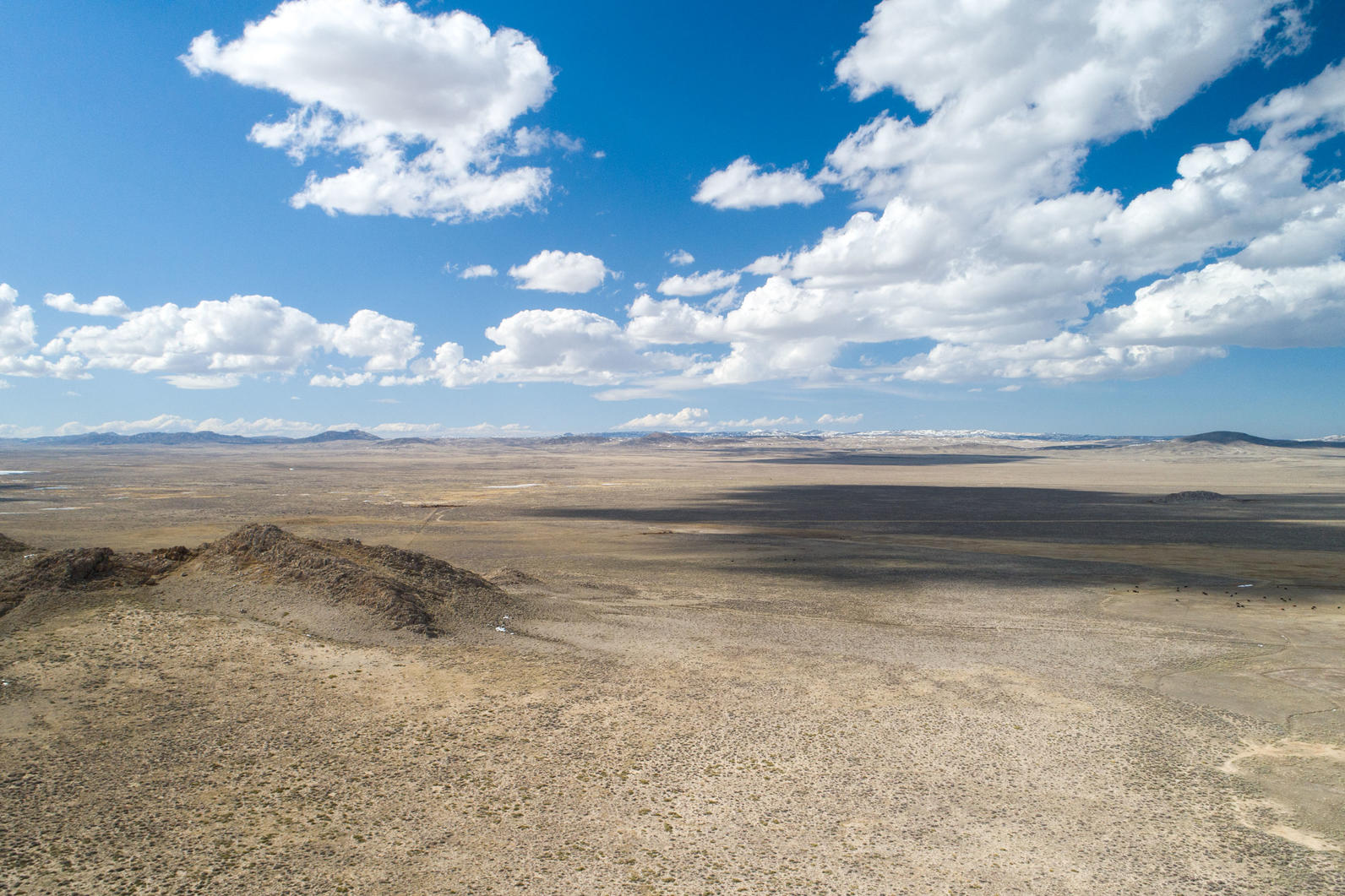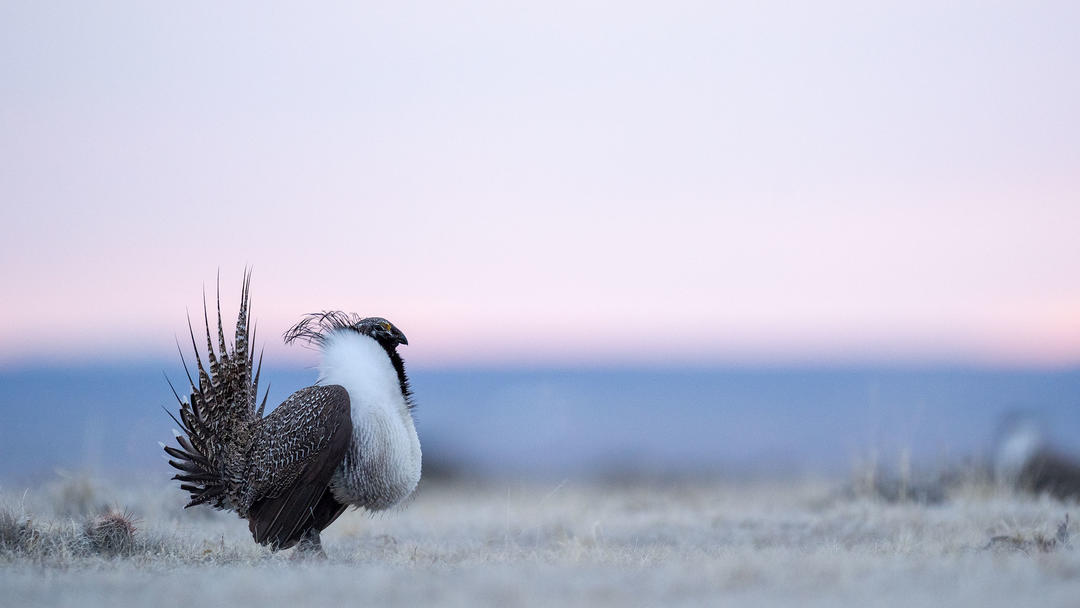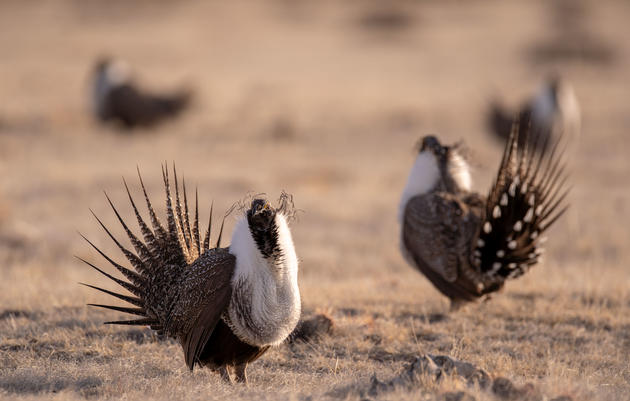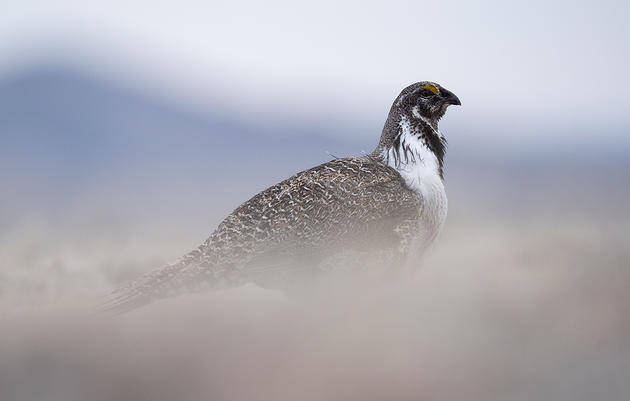Wyoming Governor Mark Gordon’s new Greater Sage-Grouse Executive Order is a desperately-needed win for Greater Sage-Grouse. The order comes after years of relentless efforts by the Trump administration to undo the science-based, collaborative protections agreed upon in the 2015 management plans. With the emphasis on using science to guide management, the new order maintains the directive to prioritize energy development outside of sage-grouse Core Population Areas. That’s a tremendous win for sage-grouse and the sagebrush ecosystem. Given the federal government’s unwillingness to enforce its own mandates to conserve wildlife on public lands, Wyoming’s leadership is an example that other states need to follow if we are to have any hope of maintaining this invaluable ecosystem.
The Trump administration has aggressively acted upon an energy dominance agenda across western public lands to the detriment of all other values. One of the results has been a dramatic increase in issuing oil and gas leasing and drilling permits inside the most important sage-grouse habitat, known as Core Population Areas. In this disheartening political landscape, there’s a beacon of hope: state leadership.
While the Bureau of Land Management (BLM) has purposefully increased leasing inside core population areas, states have the power to push back against the sale of leases and the use of loopholes that undermine protective lease stipulations. This effectively allows states to continue their commitment to the 2015 management plans, even if the federal government backs out of them.

The plan that Wyoming just recommitted itself to is based on years of collaboration amongst a wide range of stakeholders and compromises made by everyone. It was guided by science and meaningful input from the people who actually live in sagebrush country, not DC politicians. We applaud Wyoming for the order and call on leadership from others states as well. We need balanced solutions that consider the long-term future of sage-grouse and their habitat, both of which are missing in the recently revised federal management plans.
This is a collective effort. Wyoming took the first step; now other state leaders need to take action. There’s broad support from a diverse array of western residents for balanced management plans based on science. If we want to protect this iconic landscape, western state leaders need to create safeguards that protect the integrity of sagebrush country, for the benefit of both people and wildlife.










